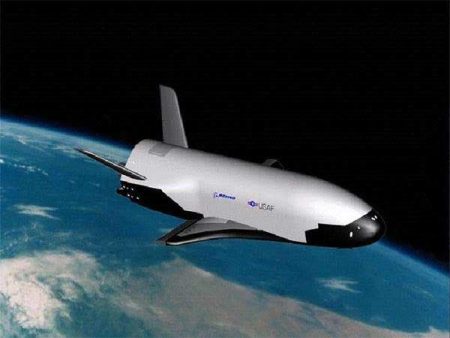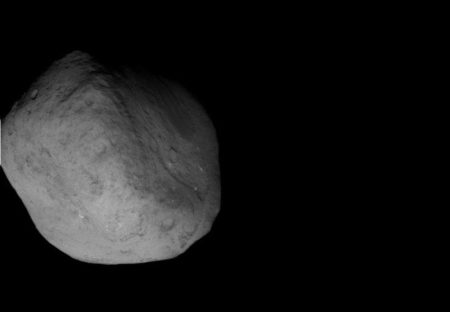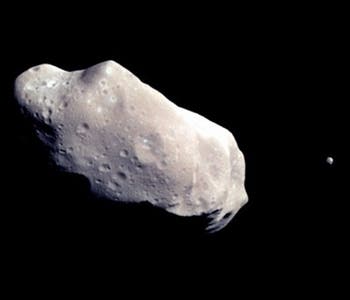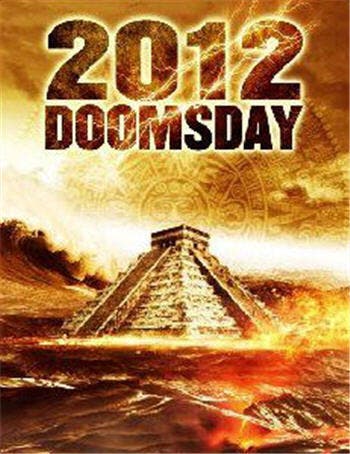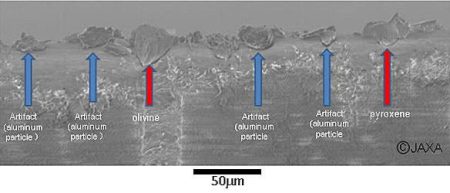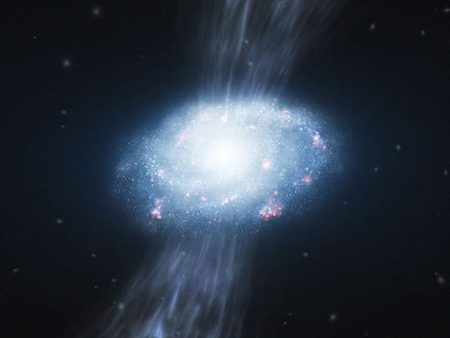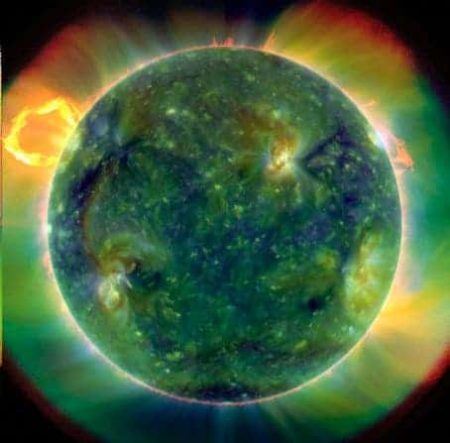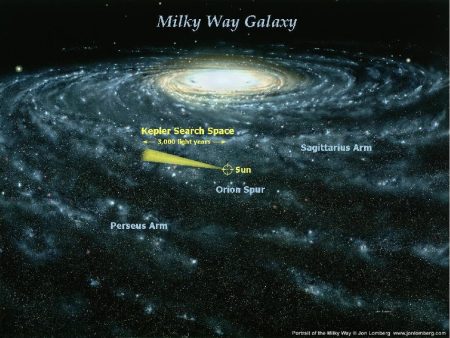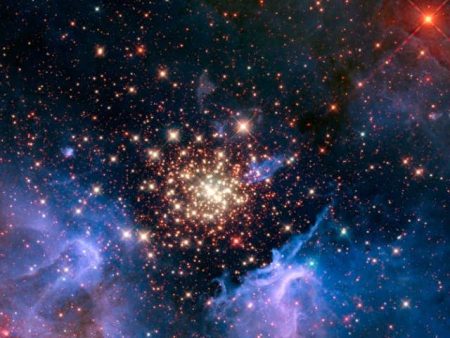Browsing: NASA
Whenever Boeing and NASA team up, you can bet your sweet lasers something wicked is going to happen; actually, the first logical thing that would come to mind is a space plane – and this is what they did. The US X-37B is now in orbit, after a successful launch that took place without any […]
After six years of loneliness, this Valentine’s day was the charm for one of the veteran comet-chasing spacecrafts. As Stardust briefly met with the comet nicknamed Tempel 1, the spacecraft took dozens of pictures of the comet’s icy surface; but this was no random encounter – the purpose of it was to see how a […]
In 2004, NASA researchers identified the Apophis asteroid and after some quick calculations they states there is a chance the asteroid will hit our homey planet in 2029. A few observations and some other calculations later, they explained that that chance is extremely small for 2029, as well as other years to come. However, reports […]
I’m gonna be honest with you – I didn’t see ‘2012’; honestly, I tried to. I started watching it two times, but it was just too stupid – and not the kind of funny stupid, the kind that just takes all the pleasure of watching (if you have a slight idea about what they’re saying […]
JAXA, the Japanese space agency is becoming more and more active these days, as Japanese researchers are getting involved in more and more ambitious projects. Recently, a probe they sent out returned home with grains of dust gathered from an asteroid, a feat without precedent in history. The finding could provide valuable insight into the […]
Tuesday at 6:51 a.m. EDT (1051 GMT) a small asteroid dubbed TD54 passed the Earth dangerously close, above a section of Southeast Asia by Singapore, being at its closest 28,000 miles from our blue planet. The asteroid, 2010 TD54 was first discovered on October 9th, by scientists in Arizona at a NASA-sponsored lab. A few […]
When early galaxies formed, there was a surprisingly high rate of new stars being formed, which was explained by major galactic collisions; however, recent evidence suggests that in fact the answer is much simpler, and not nearly as violent. Astronomers using the European Southern Observatory’s Very Large Telescope in Chile have observed three ancient galaxies […]
A huge plasma eruption that took place on the Sun has caused a “solar tsunami” of ionized atoms that are on a course for our planet on Tuesday night. Nothing to be too alarmed here, except for the disruption of some satellites. It will however generate quite a show, a rare and unpredictable one too. […]
Last week at the latest TEDGlobal conference in Oxford, astronomer Dimitar Sassilov, professor of astronomy at Harvard University and a distinguished member of the Kepler space telescope science team, unveiled some incredible results gathered by our eyes and ears in the galaxy. Kepler’s most recent reported downloaded conferred some incredible statistics, among which most importantly the discovery of: […]
The above photo was captured by the Hubble Space Telescope around mid last year, proving excellent practice for Hubble’s newly installed Wide Field Camera 3. Captioned is the by now famous NGC 3603 nebula, located in the Carina spiral arm – it’s by far one of the most spectacular star forming regions in the Milky […]
Keep updated
Get the latest creative news from FooBar about art, design and business.





